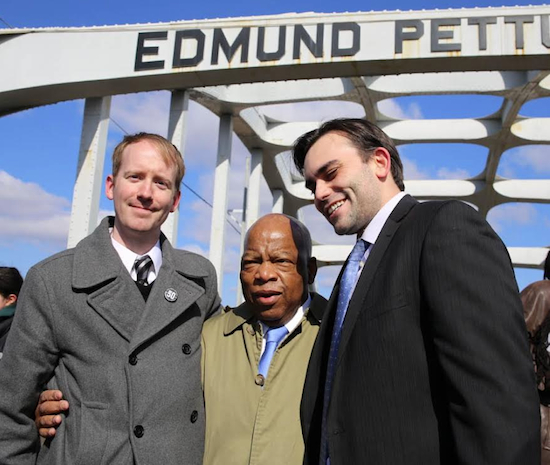Legendary civil rights leader shares story, new graphic novel with Brooklyn audience
MARCH: Book One and Book Two’ to Serve as A Blueprint for Modern Civil Rights Movement

On Wednesday evening, the Brooklyn Public Library’s Central Branch hosted civil rights icon and U.S. Congressman John Lewis along with Andrew Aydin and artist Nate Powell for a discussion on a three-part graphic novel co-authored by Lewis and Aydin, the congressman’s digital director.
The trilogy, titled “MARCH,” chronicles Lewis’ journey from a young child in Troy, Ala., to his pivotal and lasting role in the civil rights movement.
Written in the form of a graphic novel with the hopes of reaching a younger demographic, “MARCH” serves as an anthology of Lewis’ inspiration to join the civil rights movement, the evolution of non-violent civil action and an example of how to effectively use peaceful protest and progressive action to prompt nationwide change.

Brooklyn Boro
View MoreNew York City’s most populous borough, Brooklyn, is home to nearly 2.6 million residents. If Brooklyn were an independent city it would be the fourth largest city in the United States. While Brooklyn has become the epitome of ‘cool and hip’ in recent years, for those that were born here, raised families here and improved communities over the years, Brooklyn has never been ‘uncool’.